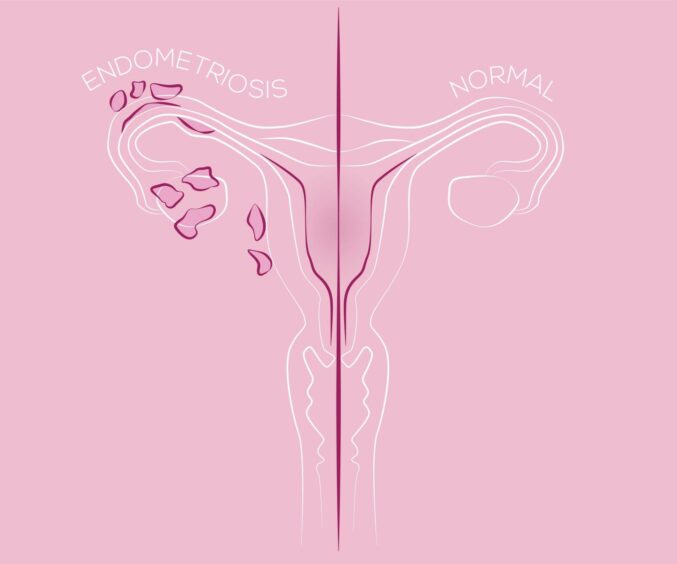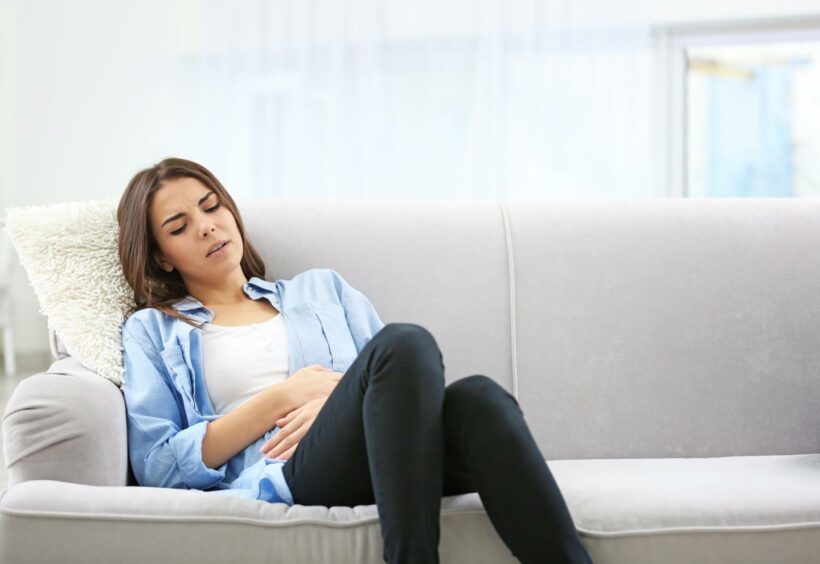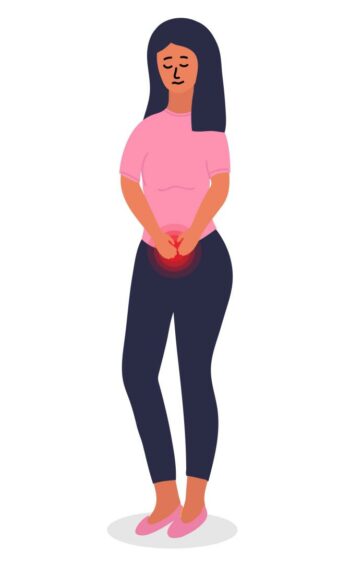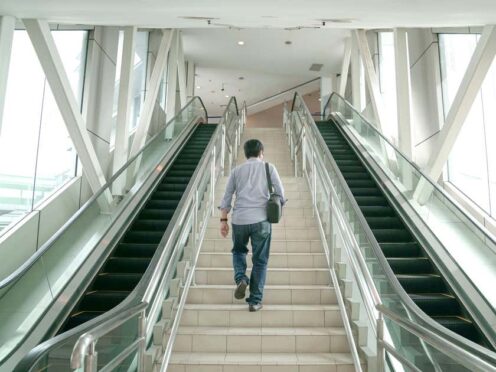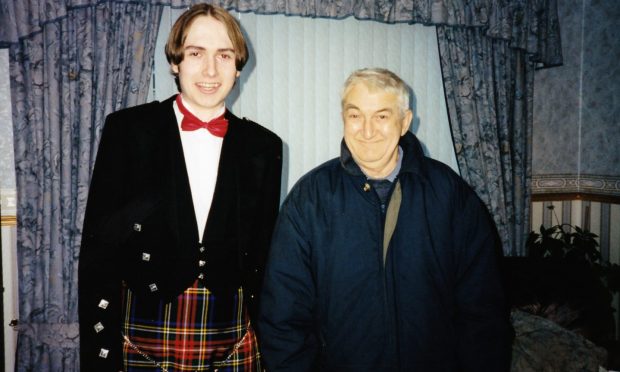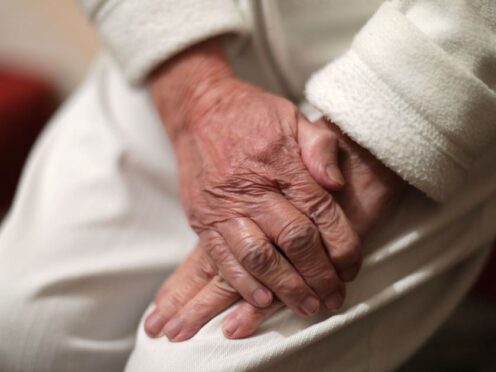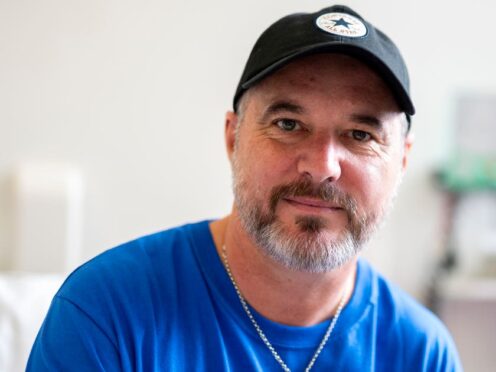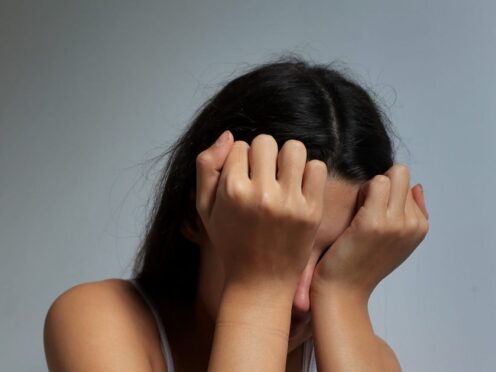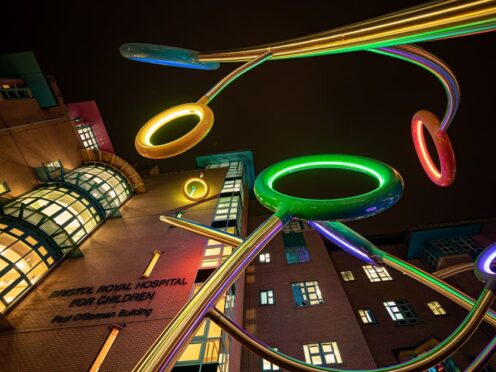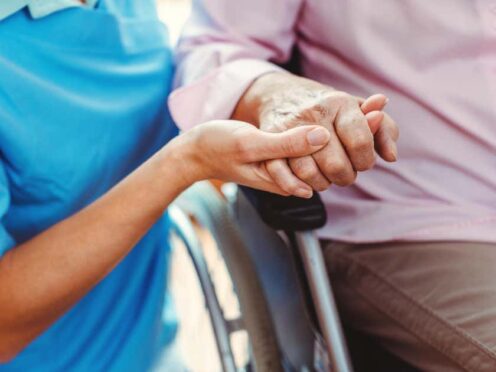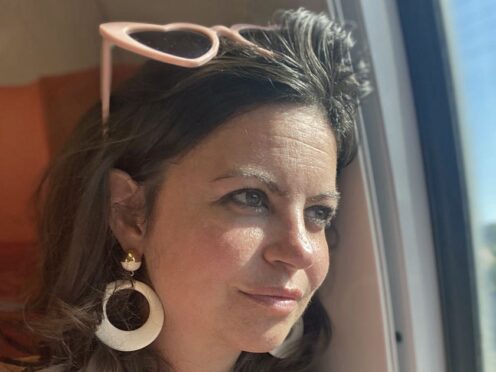Like many women, it took Anita Nneka Jones years to find out she had endometriosis.
From around 14 years old, Jones – who is now a presenter on the Premier League channel – says she started getting “intense period pains”. They were “overwhelming”, she recalls, to the extent “it had an impact on my life, because I missed so much school”.
Now 31, Jones says she “accepted painful periods were going to be a part of my life” and tried various things to help, including going on the pill – which gave some relief.
Change in symptoms
Around the time she was 26 or 27, she says: “All of a sudden, the pain started to increase again, but something that was distinct this time was I was having pains in my pelvic area when I wasn’t bleeding as well.”
When she was going through this, she saw a friend of a friend post on Instagram about being diagnosed with endometriosis, and Jones “identified with virtually all” the symptoms she mentioned.
“Something clicked for me when I saw this post, and her talking about how much damage this thing had done to her,” Jones says. “I still wasn’t fully aware of what it was then” – but she saw a gynaecologist in 2018, and was diagnosed with endometriosis after having a laparoscopy.
Slow diagnosis of endometriosis
Her story isn’t unusual – Endometriosis UK says getting diagnosed might “take some time”, as “the symptoms of endometriosis are very similar to other common conditions”.
Awareness and understanding of endometriosis
Awareness and understanding has been an issue too. The charity says there is an average of seven-and-a-half years “between women first seeing a doctor about their symptoms and receiving a firm diagnosis”, yet one in 10 women of reproductive age in the UK have endometriosis.
Since her diagnosis, Jones’ journey with the condition has been tough. At points, she’s learned to live with it – she even thought it might have been under control, but the pain would later return. She’s had surgery, and taken the decision to freeze her eggs.
While everyone has different experiences with endometriosis, from Jones’ perspective, this is what she wishes people knew about the condition.
You might struggle to be believed
Feeling the need to “fight your case” is “unfortunately, a common theme when you talk to women with endo”, says Jones, who is an ambassador for Endometriosis UK.
She describes “fighting for your case to be believed – that the pain you’re experiencing is not a figment of your imagination, you’re not a drama queen, you don’t have a low tolerance for pain”.
That’s why Jones felt some kind of relief when she got her diagnosis, because she realised “all this time I’ve said something was wrong with me, I wasn’t making it up. There’s actually a reason for it”.
Jones urges women to “believe your intuition – if something doesn’t feel right, especially with your period, don’t hesitate” to really highlight the pain you’re feeling – it’s something she wishes she had done more of.
Some people find endometriosis extremely painful
Every person experiences endometriosis differently, but Jones describes the physical pain as “feeling like someone was stabbing me in my private area, or raking a hanger left to right – and intense migraines”.
She adds: “If I knew when my period was going to be, I’d shuffle my calendar around so I wasn’t doing too many things, because you’re so tired. You know you’re probably going to have to cancel the plans anyway, because of either migraines or pain, and you just can’t get out of bed.”
There can be mental anguish as well
“When you’re given the diagnosis, you go through – at least in my case – this whole period of feeling like utter rubbish for not pushing further,” Jones says.
“I had real regret and guilt that I had to talk to a therapist… Because I don’t feel like I fought my corner enough, and it took that long to get the diagnosis.”
Review your options as soon as possible
In Jones’ experience, there was a lot she didn’t know about endometriosis – both before and after her diagnosis. She was under the impression she wouldn’t need to worry about fertility issues until she was around 32 years old – but she soon found out endometriosis can severely affect your fertility, particularly if you’ve undergone surgery, as she had.
This spurred her to freezer her eggs – something she knows she’s “extremely fortunate” to be able to do, as it’s not an inexpensive process.
That’s why Jones urges people to “start to review your options” as soon as you’re diagnosed, so you can make the decisions that are right for you, and aren’t left with feelings of regret.
What is endometriosis
Endometriosis is a condition where tissue similar to the lining of the womb starts to grow in other places, such as the ovaries and fallopian tubes.
It’s a long-term condition that can have a significant impact on your life and can affect women of any age.
Endometriosis UK believes that 100,000 women in Scotland have endometriosis.
Symptoms can include:
- Pelvic pain
- Fatigue
- Heavy menstrual bleeding
- Painful bowel movements
- Pain during or after sex
- Difficulty getting pregnant
- Urinary symptoms
Are you or someone you know suffering from endometriosis?
- Visit the NHS to find out information on endometriosis symptoms, causes, treatment and where to get help.
- Visit endometriosis UK where the charity is available to assist with help, information, and a place to talk about endometriosis.
You may also like
Endometriosis UK calls diagnosis wait of nearly nine years in Scotland ‘unacceptable’
Endometriosis: ‘Thousands’ could be helped by women’s health plan


